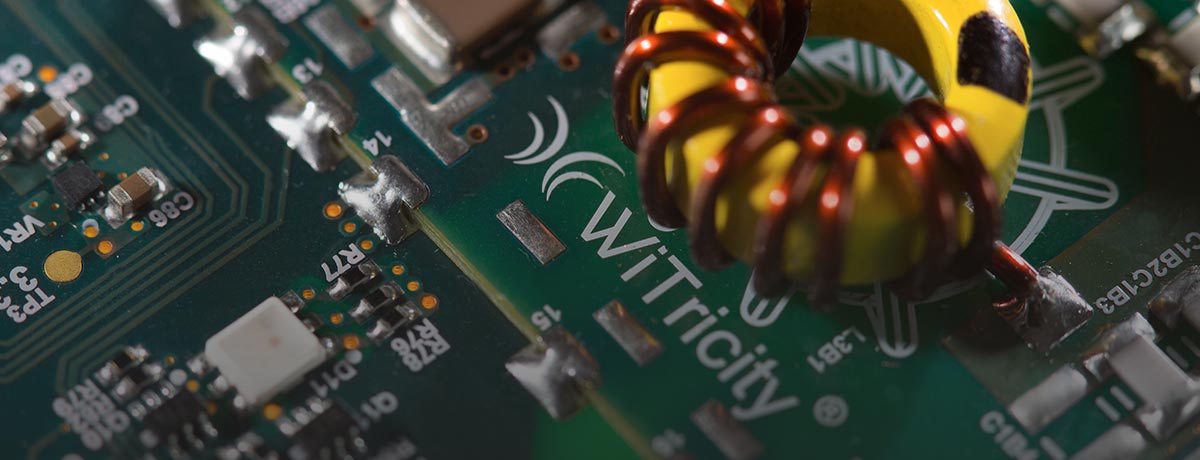Affiliate links on Android Authority may earn us a commission. Learn more.
WiTricity announces up to 100W wireless power chip for wearables and phones

As promising as wireless charging appears, it’s still yet to become a ubiquitous technology in the smartphone, tablet, or laptop markets. There are a number of reasons, ranging from competing and incompatible technologies to design limitations, but cost and difficultly of development won’t be an excuse any longer. WiTricity has unveiled its WT8800 wireless charging integrated circuit at CES 2017, which aims to bring wireless charging to smartphones, wearables, and laptops.
The chip combines the analog, safety, and power management circuit parts into a single module, enabling simplified integration for device developers. The company states that its WT8800 SoC allows for a scalable power output ranging from just a few Watts all the way up to 100W for high power devices. WiTricity is also providing reference design kits for the new SoC which can deliver up to 30 Watts of power, which would be more than ample for a smartphone.
“Launching wireless power components to support both the technology products and the charging ecosystem such as WiTricity is doing here is therefore important, allowing brands to quickly adopt and grow support for the technology as the market looks to surpass 1 billion new wireless charging devices per year by 2020.” – David Green, Research Manager, IHS Markit.
WiTricity is a member of the AirFuel Alliance and the new chip is fully compatible with the group’s resonance based wireless charging standard. This allows devices to be charged at greater distances from the power point, along with multi device charging, and providing power through materials. For device manufacturers, picking the WT8800 means that their products will also be fully compatible with other AirFuel products, such as charging pads.
Of course, it’s still up to smartwatch, smartphone, and laptop manufacturers to actual begin packing wireless charging technology into consumer products. Hopefully easier and more cost effective implementations will see smartphone manufacturers pick up the technology in the coming year.